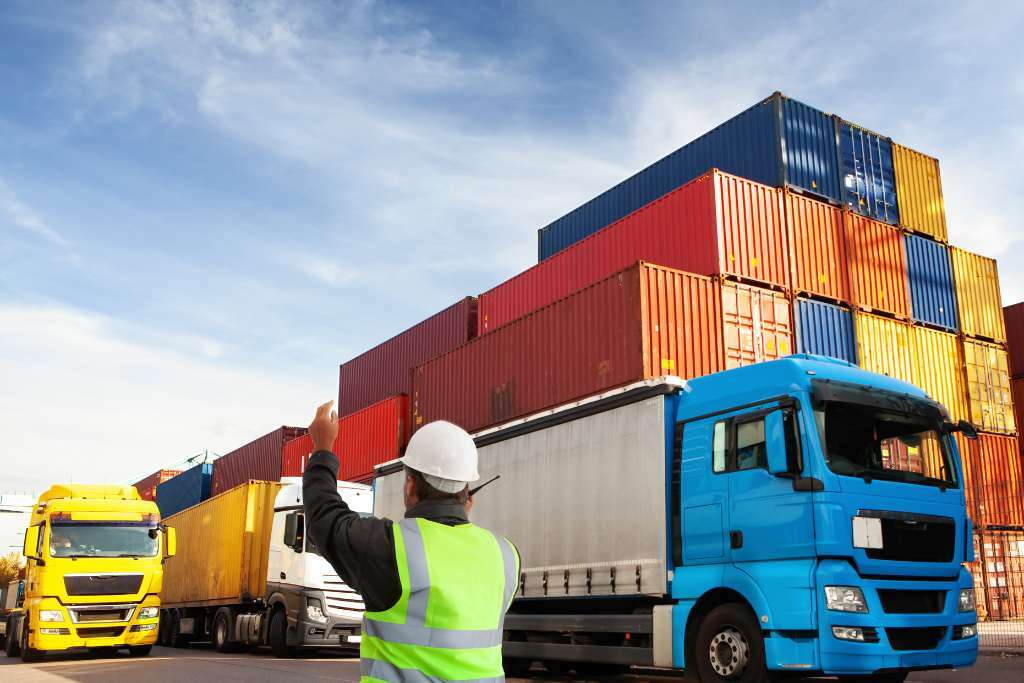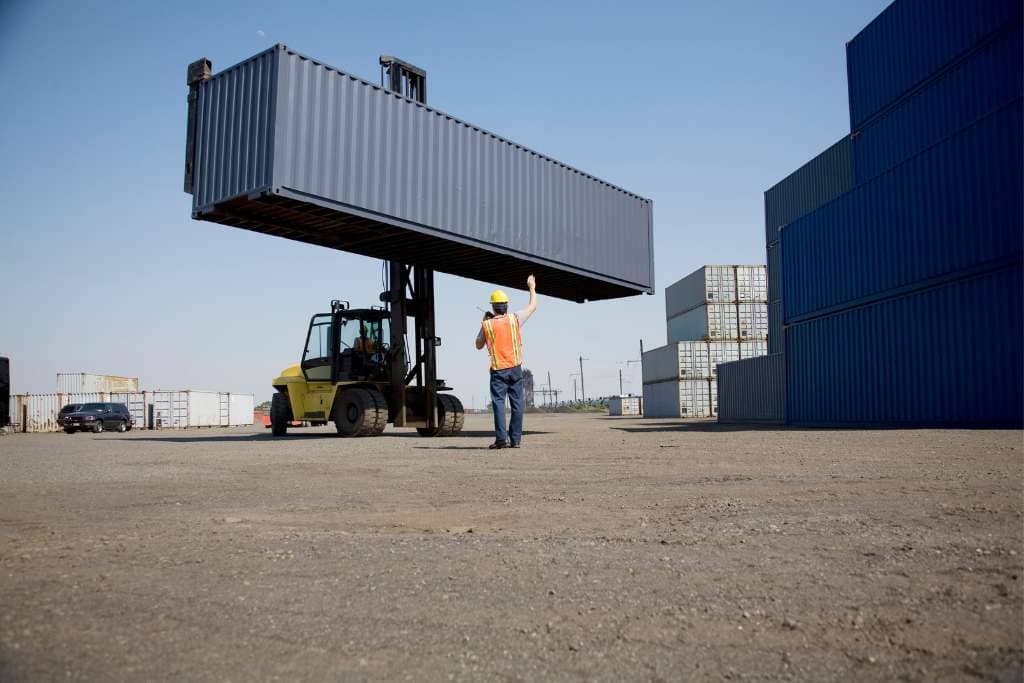Containerised shipping has grown exponentially in recent years, with 1.85 billion metric tonnes of cargo shipped in 2020. In the industry, there are two major shipping options: FCL and LCL. If you’re new to logistics, you may have only just heard of these terms. You may even be struggling to understand what they are and the difference between them.
Depending on your shipment's size, volume, and urgency, you'll typically choose either FCL or LCL. Below, we’ll aim to provide you with an in-depth understanding of these two concepts and the different shipping factors that will help you make a well-informed decision about the most suitable shipping method for you.
Depending on your shipment's size, volume, and urgency, you'll typically choose either FCL or LCL. Below, we’ll aim to provide you with an in-depth understanding of these two concepts and the different shipping factors that will help you make a well-informed decision about the most suitable shipping method for you.
What is FCL?
FCL is short for Full Container Load. This refers to a shipment that exclusively utilises one whole container. In effect, the shipper shoulders the cost of one container, even when the space inside is not fully utilised.
What is LCL?
LCL stands for Less Than Container Load. This is typically used when a shipment won't fill an entire container. To maximise the space available in the container, the space is shared by different shippers, who all share the cost of the container. Since the shipment is grouped with other shippers, it’s also referred to as ‘groupage shipments’.
In simplest terms, the difference between FCL and LCL shipments is their load. FCL has a homogeneous load, while an FCL has a heterogeneous load.
Which Shipping Option Should I Use – FCL or LCL?
There are several other factors to consider apart from volume (that’s just the tip of the iceberg). We have listed below the relevant factors that will help you choose between FCL and LCL.
Shipment Volume
LCL is appropriate for shipments that have a volume from 1 CBM (cubic meter) to less than 15 CBM. If the volume is less than 1 CBM and the chargeable weight is below 200 kg, you can try alternative air options to carry your shipment.
FCL can be used for any volume, but we advise using it for at least 15 CBM. Listed below are the most common container sizes and their corresponding capacities:
- 20-foot – 33 CBM
- 40-foot – 67.5 CBM
- 40-foot High Cube – 76 CBM
Shipment Weight
LCL is ideal if the shipment's maximum weight per CBM reaches 1 tonne or 1,000 kilograms. Take note, however, that if the weight exceeds the allowable load, the gross weight will become the basis for the chargeable weight.
For small shipments under 1 CBM but with a weight beyond 150 kg, LCL is generally a better choice than air freight.
FCL can accommodate varying weights, depending on the container’s capacity (usually indicated on the container itself). As a general rule, however, if the shipment exceeds the maximum capacity, the remainder of the cargo should be removed to another container.
Depending on a country’s implementation of maximum loads, you can use the following maximum payloads as reference:
- 20-foot – 18.6 tons
- 40-foot and 40-foot High Cube – 28.6 tons
Freight Cost
LCL costs are typically lesser for smaller loads below 15 CBM. The total cost is higher for shipments exceeding 15 CBM, depending on the itinerary. Local fees are usually costlier than the FCL. If the shipment is around 15 CBM, it's a good idea to review your FCL options.
FCL shipments can be cheaper if the volume is hovering around 15 CBM. The price per CBM is not always lesser than the LCL, but it's generally cheaper since the local charges for FCL shipments are at a fixed rate per container.
Speed
LCL shipments can reach their destination in up to 4 days or more once they arrive at the port. There are extra days to accommodate sorting and consolidation activities. If a particular consignment is subject to customs inspections, the whole container is put on hold.
FCL shipment transit times are lesser because, once docked, the container is directly unloaded and then delivered to its final destination.
Security
LCL shipments are shared between different shippers. So there's generally a higher possibility of losses, damages, theft, or pilferage. Consider purchasing a marine insurance policy to cover yourself if you incur losses or damages as your cargo is transited.
FCL shipments carry a lower risk of damage, loss, or pilferage since containers are delivered directly to the consignee without any intervention. You can also obtain marine insurance for protection.
Traceability
LCL – Using the Bill of Lading, the vessel and container can be tracked. However, the tracking stops upon arrival of the container or during unloading. This tracking method could also be inaccurate, particularly for numerous handlers. You may seek assistance from a freight forwarder for more information.
FCL - Tracking the vessel or container in FCL is easier because it’s assigned to one consignee. Again, check with your freight forwarder for the applicable shipping plan.

Split Shipment
LCL - For multiple destinations, LCL is more convenient than FCL which involves deconsolidation and sorting at a warehouse. If you have destination points far from each other, you can also easily divide your shipment according to the ports they will be delivered to.
FCL - Split shipment is also possible for FCL but it would entail more cost. To properly split the shipment, it needs to be staged in a warehouse, where you’ll incur additional warehousing costs, handling fees and forklift fees.
Before deciding on the right option for you, however, it’s always important to consult with your freight forwarder to determine the more economical option.
Delivery Appointment
LCL - Depending on the destination, LCL shipments could be easier to book since the shipment’s volume is not high compared to FCL.
FCL - There might be a higher waiting time for an FCL container load to get approved compared to an LCL.
Local Charges
LCL - Local charges for LCL are charged per CBM. Since local charges form part of the rates, you could pay more in LCL compared to FCL.
FCL - Local charges for FCL are fixed and charged per container. The charges are usually cheaper compared to LCL shipments.
Customs
LCL - The process of customs clearing and inspection in LCL is the same as with FCL, but if one consignment gets flagged for inspection (e.g. X-Ray or Contraband exam), all goods inside the same container van are placed on hold. The costs incurred by customs examination will be shouldered proportionally by the container's consignees.
FCL - FCL containers can still get inspected by customs authorities. All costs during customs examination will be charged to the buyer.
Time to take your pick
Do not rush in picking your shipping method because each has its own set of advantages and disadvantages. Carefully go through all the minute details of each factor, weigh them, and pick the one that satisfies most of the mentioned factors.
When choosing between FCL and LCL, it’s not just simply about the volume and freight cost, but the total value provided by one shipping method. On a final note, always remember that at the end of the day, what’s most important thing is that your shipment is safe and secure from its origin to its destination.
Here at The Sourcing Co, we have an expert team of freight forwarders who can help you make the right choice between FCL and LCL. With a deep understanding of both different types of shipment, we’re well-equipped to help you make the decision that’s right for you.
